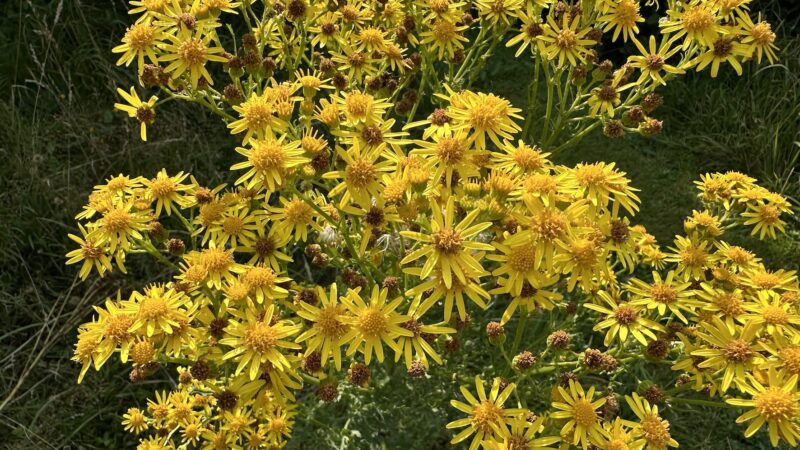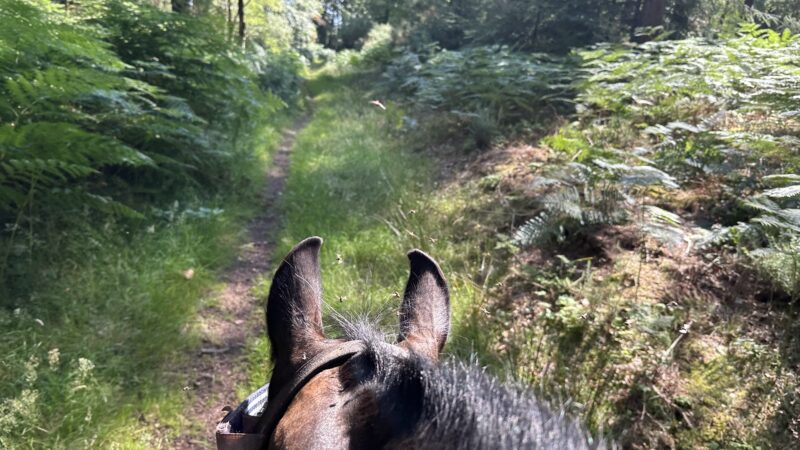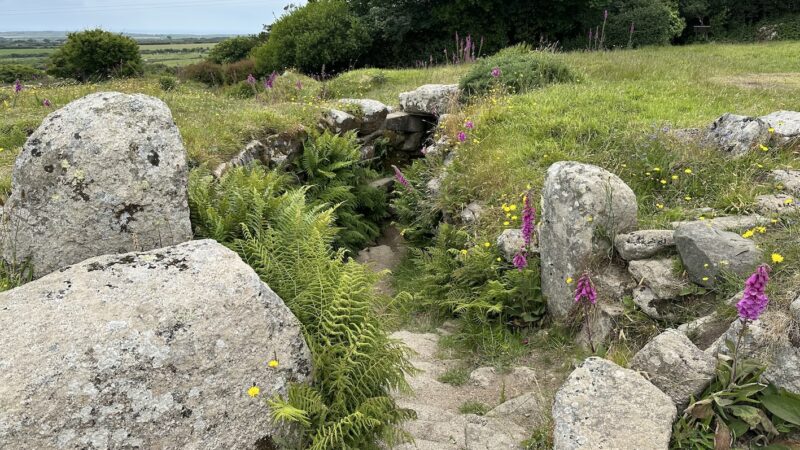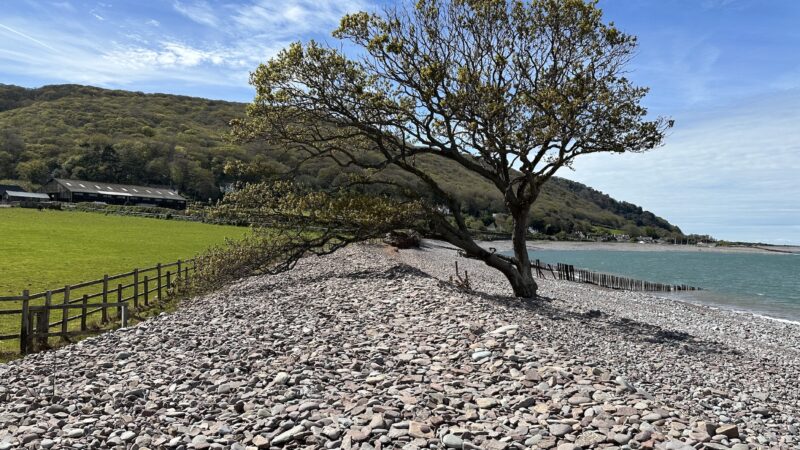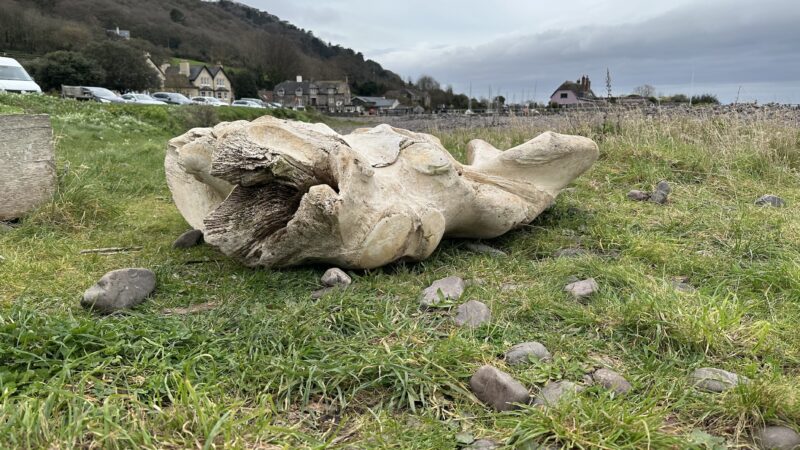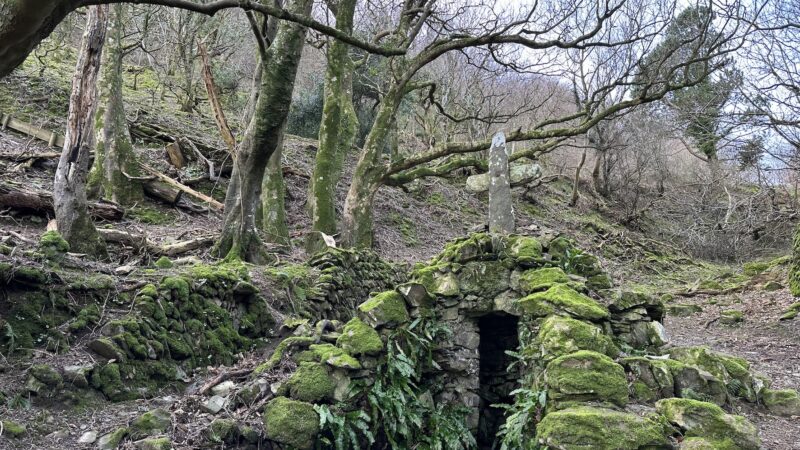Of heath fritillaries and a punkish ‘king’
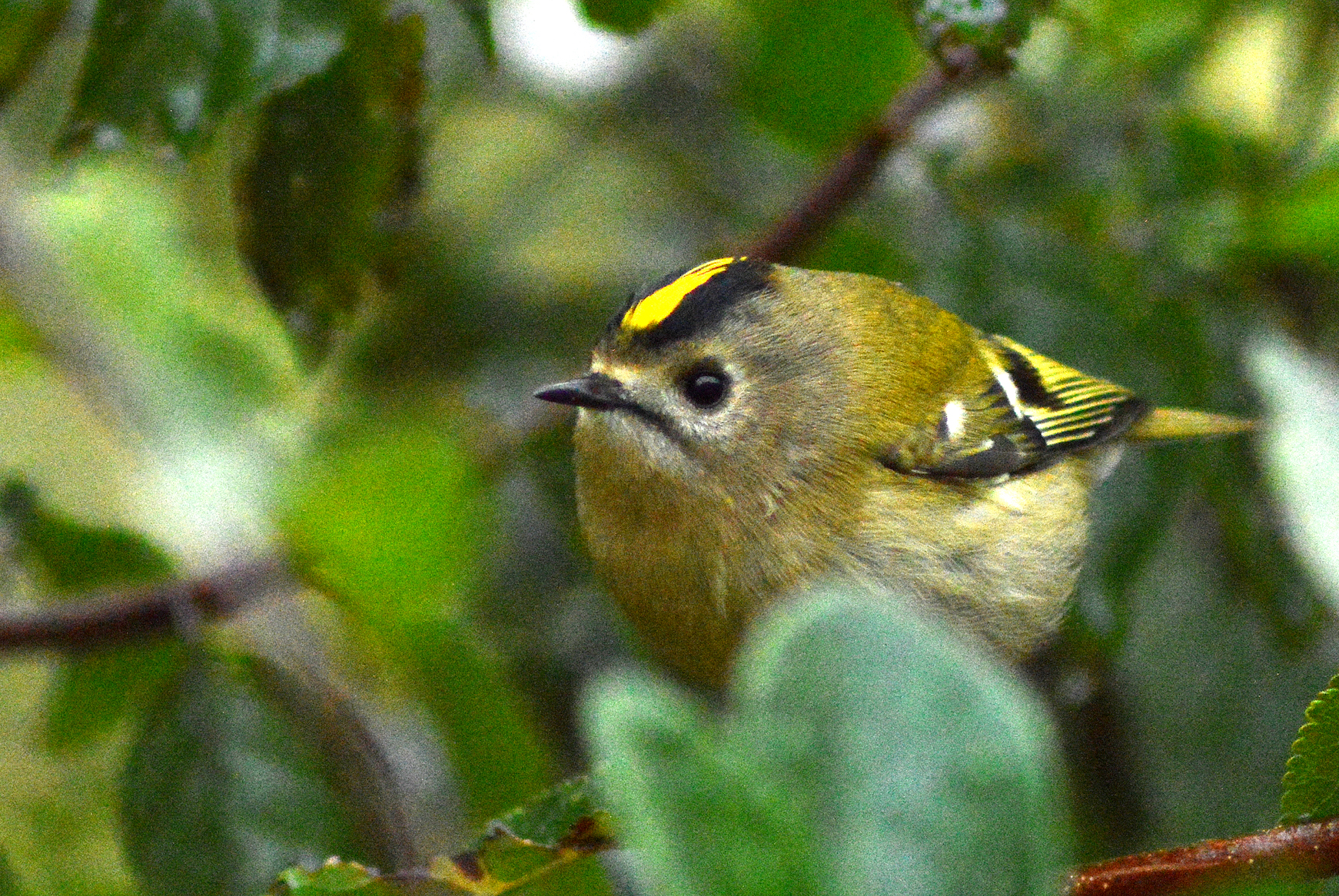
It’s been a late, wet spring on Exmoor, but among the warm, damp oak-leaf litter of Hawkcombe Wood, caterpillars are moving slowly, chewing languorously on shoots of cow-wheat (Melampyrum pratense), preparing to pupate.
These are the larvae of one of the UK’s rarest butterfly species, the heath fritillary (Melitaea athalia). Their black and white bodies are studded lengthwise with tan bobbles, each cone sprouting a cluster of short bristles. Next month, the adults will emerge, flitting and gliding close to the ground on white-edged wings patterned with amber and brown.
Heath fritillaries were once known as “the woodman’s follower” because they colonised open glades left by coppicing, the traditional method of cutting small trees back to their stumps and letting them regrow. Now that few woods are coppiced, heath fritillary numbers have dwindled, and they would have become extinct here if it were not for conservation projects. Today, they are mostly found in select sheltered combes on Exmoor and in Blean Woods in Kent.
Specialists from Butterfly Conservation surveyed the Porlock colony this spring and found a healthy population of larvae. When I walked through the woods last week, I kept to the path, leaving the caterpillars unsought and undisturbed in their fragile habitat.
With wildlife, waiting to see what chooses to show itself is often more interesting than deliberate seeking. This time, there was a bronzed slowworm twisting like a muscled silk cord among bracken stems and, on the other side of the valley, a red deer hind cantering hock-deep through the heather.
Nearing the village, a thin, high-pitched, deedily-deedily fanfare announced the presence of Britain’s smallest bird, the tiny goldcrest. Weighing no more than a 20p piece, its scientific name Regulus regulus, repeating the Latin word for “petty king”, reflects its role in European folklore as the king of the birds.
I waited on the track beneath the firs and saw a greeny-grey male goldcrest, clinging to the underside of some needles, picking off insects with his slim beak. As he twisted, I glimpsed a flash of his yellow and orange head-stripe, running from his forehead to the back of his neck. With its black edging and slightly raised centre, it looked more like a punkish mohican than a crown.
First published in The Guardian Country Diary 4 May 2023.
Photo of a goldcrest by Jacob Spinks from Northamptonshire, England, CC BY 2.0 https://creativecommons.org/licenses/by/2.0, via Wikimedia Commons.
